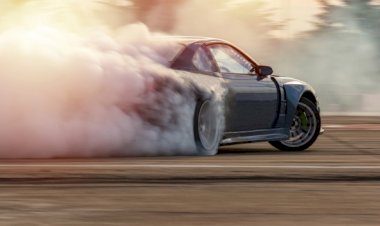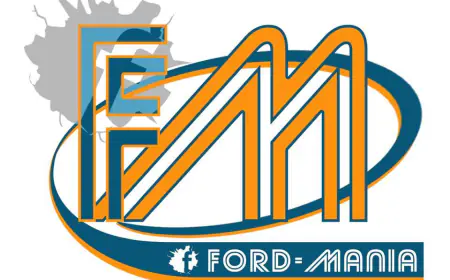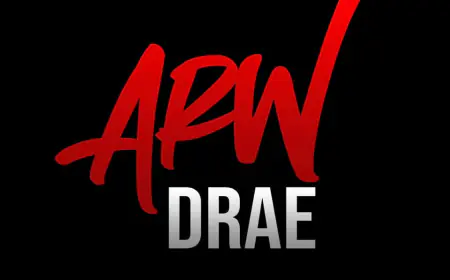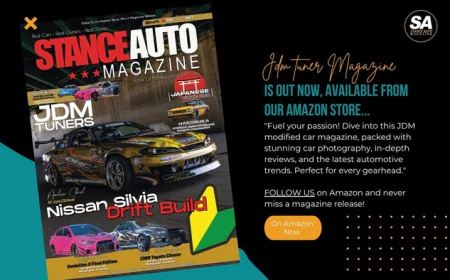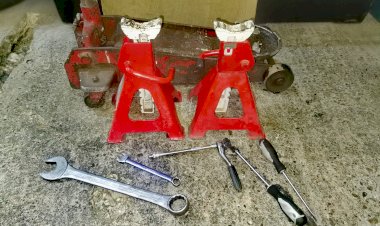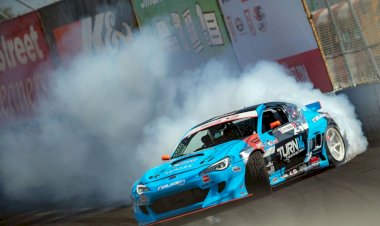How Do You Explain JDM? A Complete Guide to JDM Cars
Learn what JDM stands for and how it represents Japan's iconic car culture. Discover the history, key features, and why JDM cars are popular worldwide among automotive enthusiasts.

Use The Share Buttons Above The Image To Share This Story, Thank You
Order Your Printed Car Magazine From Our TikTok, Amazon or Etsy - UK/EU Stores!!
What Does JDM Mean?
Japanese Domestic Market Cars and Their Global Appeal
JDM stands for Japanese Domestic Market, referring to vehicles and car parts produced specifically for the Japanese market. These cars are designed to meet Japan’s strict safety, emission, and performance standards, which often differ from those in other countries like the United States and Europe. Over time, JDM has come to represent a distinct automotive culture, known for its precision engineering, performance, and exclusivity, making it a global phenomenon among car enthusiasts.
JDM cars are built by Japanese manufacturers like Nissan, Toyota, Honda, and Mazda for sale and use exclusively in Japan. However, their reputation for quality and performance has made them highly sought after in international markets, especially in the world of car tuning, racing, and collecting. The allure of owning a JDM vehicle goes beyond the technical specifications – it's also about being part of a passionate, worldwide community that respects and celebrates Japanese automotive engineering.

What Makes a Car JDM?
Origin and Design for the Japanese Market
A car is considered JDM if it is originally manufactured for Japan’s domestic market. This means the vehicle was built to meet specific requirements set by Japanese laws and consumers. Left-hand drive, unique model variations, and stricter emissions standards are just some of the characteristics that differentiate JDM cars from their international counterparts.
For example, a car like the Nissan Skyline GT-R, often revered in the tuning world, was never officially sold in the United States when it was first produced. This scarcity, combined with its high performance and rich history, has made the Skyline a classic example of JDM allure. Other popular JDM cars include the Toyota Supra, Honda NSX, and the Mazda RX-7, all of which were initially sold only in Japan.
Key Features of JDM Cars
Engineering, Performance, and Customization Potential
-
High-Performance Engineering: JDM cars are known for their finely tuned engines and precision engineering. Many models, like the Mitsubishi Lancer Evolution and Subaru Impreza WRX STI, were built for rally competitions and designed to deliver power, control, and durability on various terrains.
-
Customization Potential: JDM cars are widely embraced by the tuning community due to their high potential for modification. Performance parts like turbochargers, suspensions, and exhaust systems are often swapped or upgraded to enhance the vehicle's speed, handling, and aesthetics.
-
Uniqueness and Exclusivity: Since many JDM cars were never sold outside Japan, owning one gives drivers a sense of exclusivity. Cars like the Nissan Silvia S15 and the Honda Civic Type R (EK9) are rare in international markets, making them highly desirable among collectors and enthusiasts.
-
Iconic Styling: The visual appeal of JDM cars is another reason for their popularity. Whether it's the boxy design of older models like the Mazda MX-5 or the sleek, aerodynamic look of the Toyota Supra MK4, JDM cars are instantly recognizable for their distinct aesthetic.

Why Are JDM Cars So Popular?
Global Influence and Enthusiast Culture
JDM cars have gained immense popularity worldwide, thanks in part to their representation in movies, video games, and motorsports. The "Fast and Furious" franchise introduced mainstream audiences to JDM icons like the Nissan Skyline and Toyota Supra, fueling global interest in these performance-oriented vehicles.
Similarly, video games like Gran Turismo and Need for Speed have allowed car enthusiasts to virtually experience driving these machines, sparking a desire for real-world ownership. Drifting competitions, particularly in Japan's Touge mountain passes, have also helped establish JDM cars as a symbol of speed and agility.
Furthermore, JDM car culture represents more than just the cars themselves – it's about the passion for tuning, modifying, and pushing vehicles to their limits. Car meets, track days, and social media platforms allow JDM enthusiasts to showcase their builds, share advice, and connect with like-minded individuals from around the world.
Importing JDM Cars – What You Need to Know
Legal Requirements and Import Challenges
While JDM cars are highly coveted, importing them comes with its challenges. Most countries have regulations that limit the import of foreign vehicles, especially if they do not meet local emissions or safety standards. In the U.S., for instance, the 25-year rule states that cars must be at least 25 years old to be imported without needing to meet federal safety regulations.
This rule means that older JDM cars, such as the Nissan Skyline R32 and Mazda RX-7 FC, can now be legally imported into the United States. However, newer models like the Nissan Silvia S15 or Honda Civic Type R (FK8) may require modifications to meet local standards, making the process more complex and costly.
Importing a JDM vehicle often involves finding a trusted exporter, understanding shipping costs, and handling customs paperwork. Despite these challenges, owning a genuine JDM car is a dream for many automotive enthusiasts.

JDM Subcultures – Drifting, Bosozoku, and More
Different Ways JDM Culture Thrives in Japan and Beyond
One of the most fascinating aspects of JDM culture is its variety of subcultures, each with its distinct style and philosophy. Two of the most prominent subcultures are drifting and Bosozoku.
-
Drifting: Drifting, which involves controlled oversteer, originated in Japan and quickly gained popularity worldwide. JDM cars like the Toyota AE86 and Nissan 240SX have become icons in the drifting world, celebrated for their balance and agility on the track. Competitions like the D1 Grand Prix further cemented drifting's place in car culture.
-
Bosozoku: Bosozoku refers to a rebellious subculture of Japanese youth who modify their cars (and motorcycles) in extreme and flamboyant ways. Long, exaggerated exhausts, vibrant neon paint jobs, and customized bodywork are some hallmarks of the Bosozoku style. Although its popularity has waned, Bosozoku remains a distinct part of Japan’s car culture.
Other subcultures like VIP Style, which focuses on luxury and customization of sedans, also showcase the diversity within JDM culture. These styles have traveled beyond Japan’s borders, influencing automotive trends around the world.
Conclusion – The Enduring Legacy of JDM Culture
A Global Phenomenon of Passion and Performance
JDM cars and culture represent much more than just a market segment in Japan – they embody a spirit of innovation, performance, and community. Whether through iconic vehicles like the Honda NSX or the underground drifting scene, JDM has left an indelible mark on global automotive culture. Car enthusiasts continue to celebrate the unique characteristics of JDM cars, drawn by their engineering excellence, customization potential, and the thrilling driving experiences they provide.
For more information about JDM culture, importing vehicles, and car subcultures, check out these useful links:
-
Importing JDM Cars: You can find guides on importing cars from Japan through reliable car import/export services like Japanese car auctions or U.S.-based importers who specialize in JDM cars. Websites like Japan Partner or JDM Expo offer useful resources for importing vehicles.
-
JDM Car History: For more information on the history and origins of JDM cars, websites like Speedhunters or Super Street offer insightful articles. You can link to relevant features such as Speedhunters' JDM car features.
-
Japanese Drifting Culture: Explore detailed overviews on drifting culture on sites like Drifted or Hoonigan, where you can learn about competitions like the D1 Grand Prix. For instance, a useful link might be Drifted’s guide on drifting.
-
Bosozoku Subculture: Bosozoku is well-documented in the car culture community. Websites like Jalopnik often dive into Japanese car subcultures. Look for an article about Bosozoku or their influence on modern tuning trends.
-
Iconic JDM Models: Many auto enthusiast sites like MotorTrend and TopGear review iconic JDM cars, such as the Nissan Skyline and Toyota Supra. For more detailed model reviews, TopGear
Please leave your comments on my story in the comments section at the bottom of the page, it helps the story get more views and reach the Printed Car Magazine, Thank you.
'The future is bright as long as we can still Smell the Fumes'
Take A Car Quiz: So you think you know all about Cars prove it,
Do you Need A Freelance Photographer? Our Photographers Are Available For Hire
UKTM no: UK00003572459
 Like
1
Like
1
 Dislike
0
Dislike
0
 Love
1
Love
1
 Funny
0
Funny
0
 Angry
0
Angry
0
 Sad
0
Sad
0
 Wow
0
Wow
0







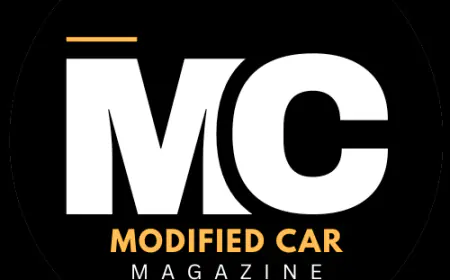

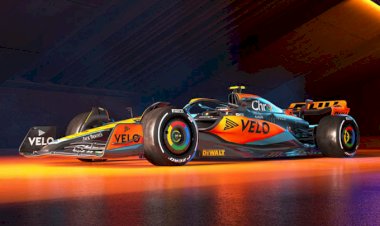


























































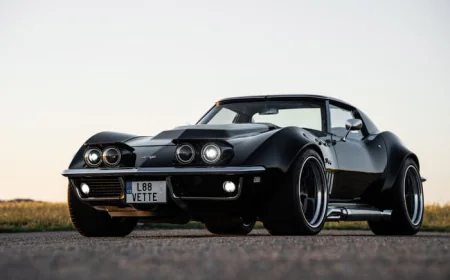
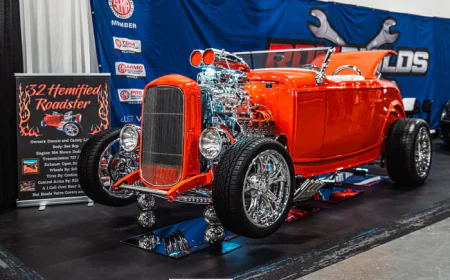









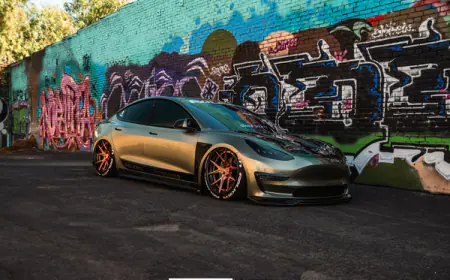




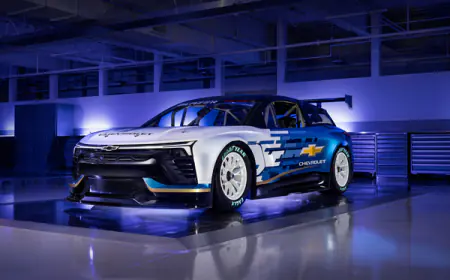




.png)




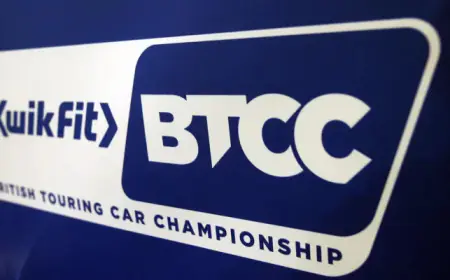







![[HOONIGAN] Ken Block's GYMKHANA NINE](https://img.youtube.com/vi/_bkX5VkZg8U/maxresdefault.jpg)









